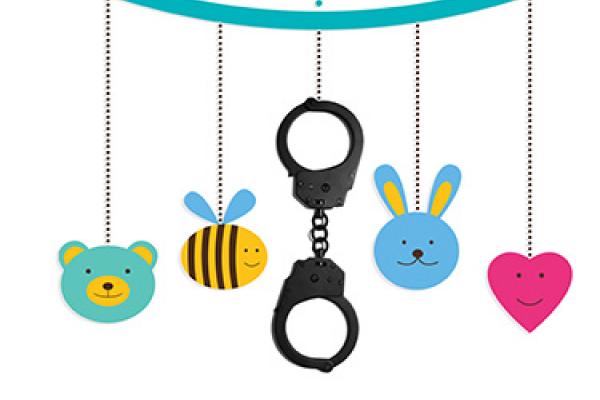ON A COOL NIGHT in spring 2006, I knelt with a half-dozen friends on the driveway of North Carolina’s maximum-security prison. When officers came to inform us we were trespassing, we asked if they would join us in prayer against the scheduled execution of Willie Brown. Though one officer thanked us for doing what he could not, we were arrested and carried off to the county jail. Willie Brown died early the next morning.
But this isn’t an article about the death penalty.
At the county jail that evening nearly a decade ago, I was fingerprinted, strip-searched, dressed in an orange jumpsuit, and processed into the general population of an overcrowded cell block. When I walked onto the block, I was greeted almost immediately by a 20-something African-American man who asked me, “What the hell are you doing here?” As I summarized the events of the previous evening that had led to my arrest, he decided I was teachable. “You wanna know how I knew you weren’t supposed to be here?” he asked. “’Cause everybody else in here I knew before they got here. We’re all from the same hood.”
“They only kill people like us,” my teacher at the county jail told me that day. “The train that ends at death row starts here.”
Read the Full Article

